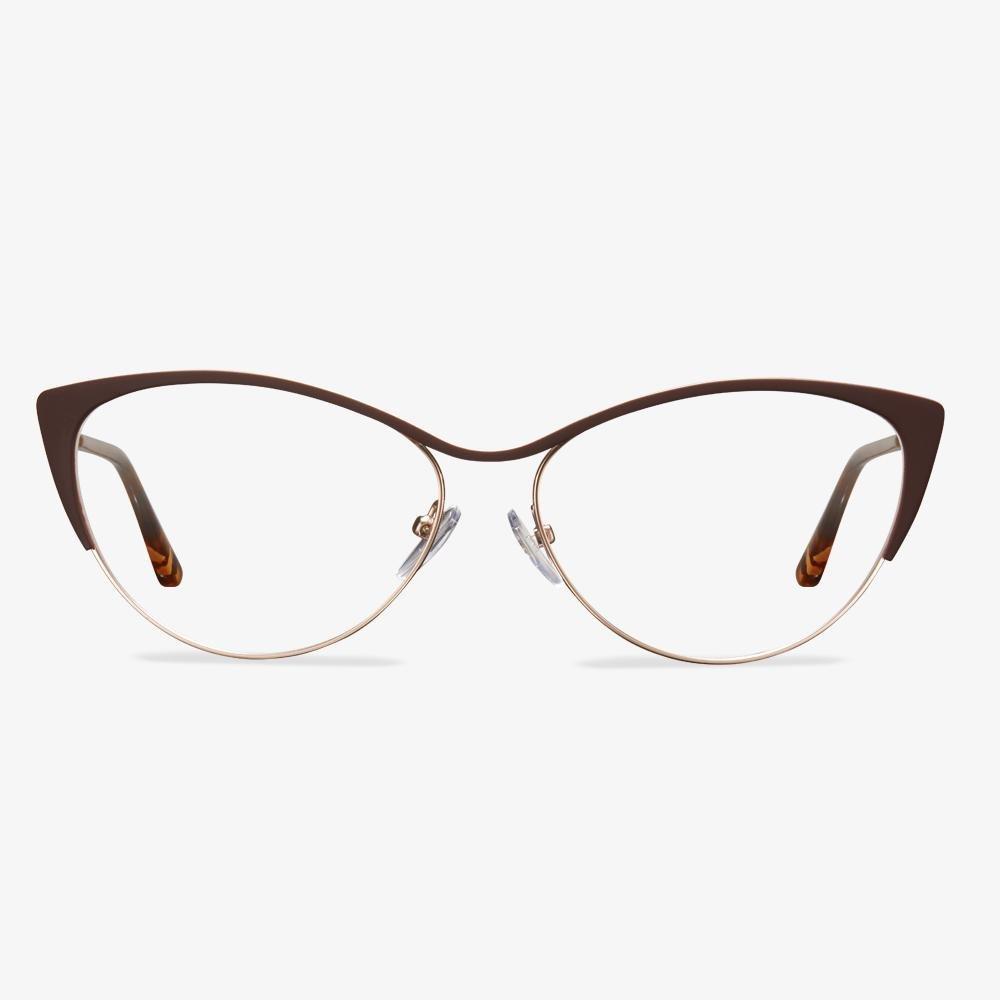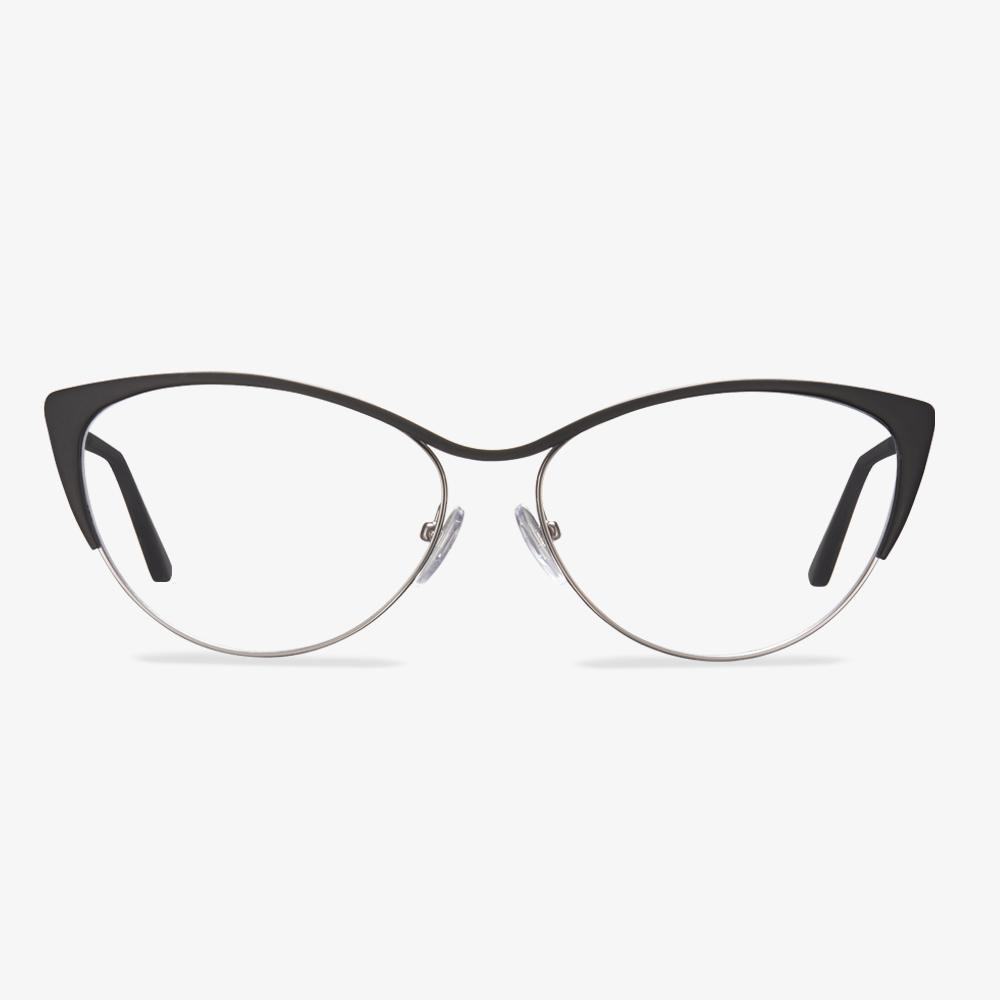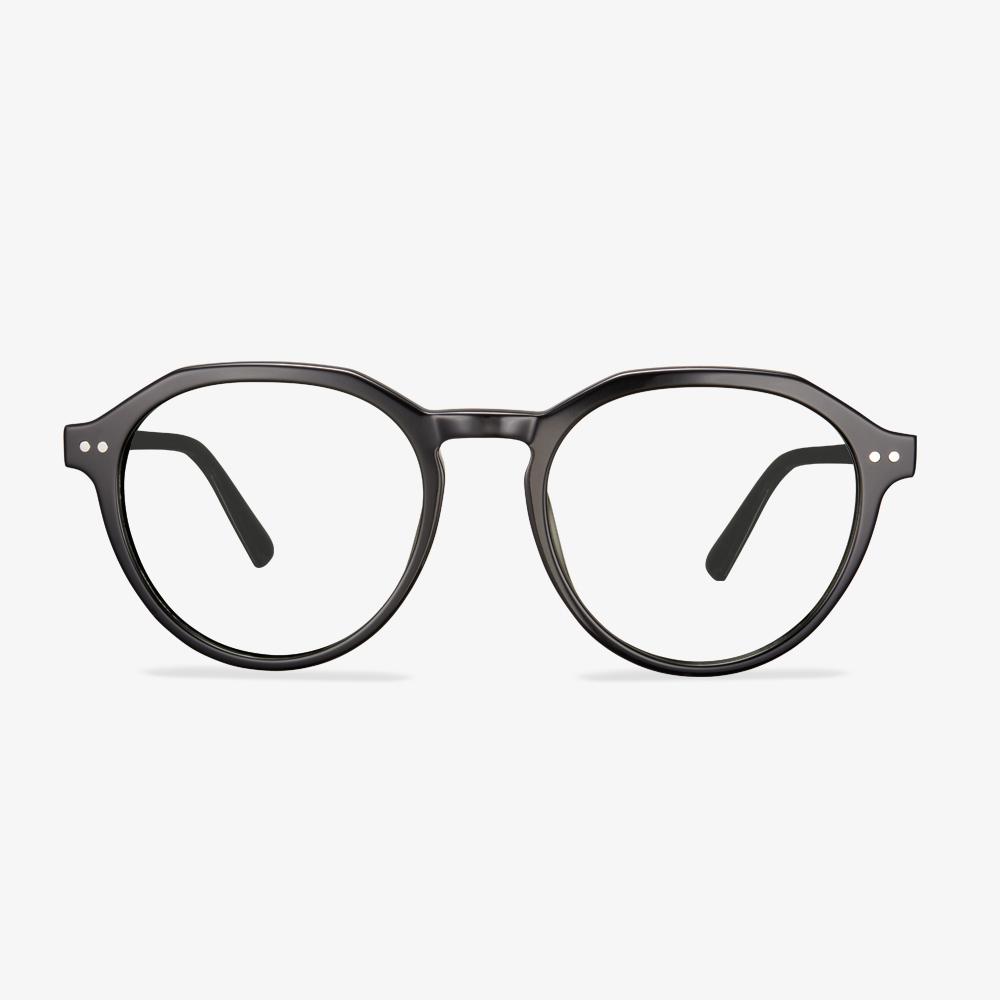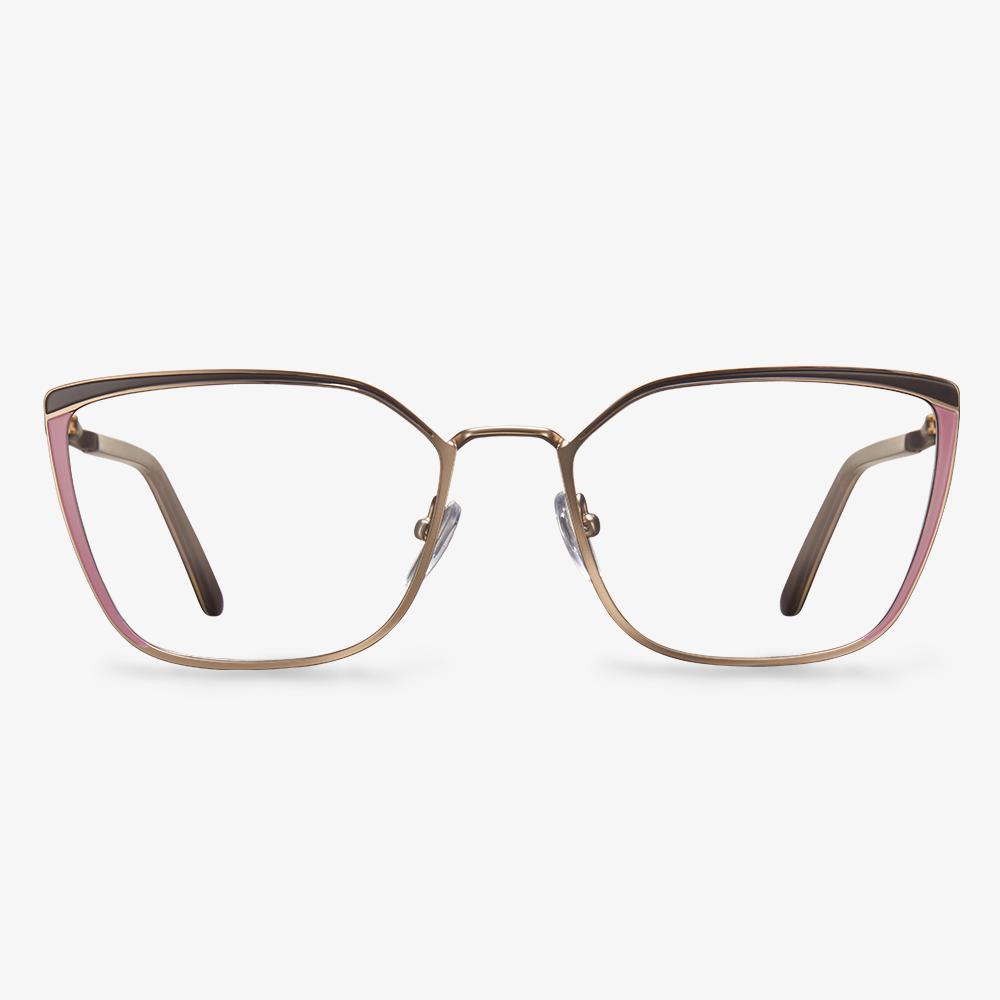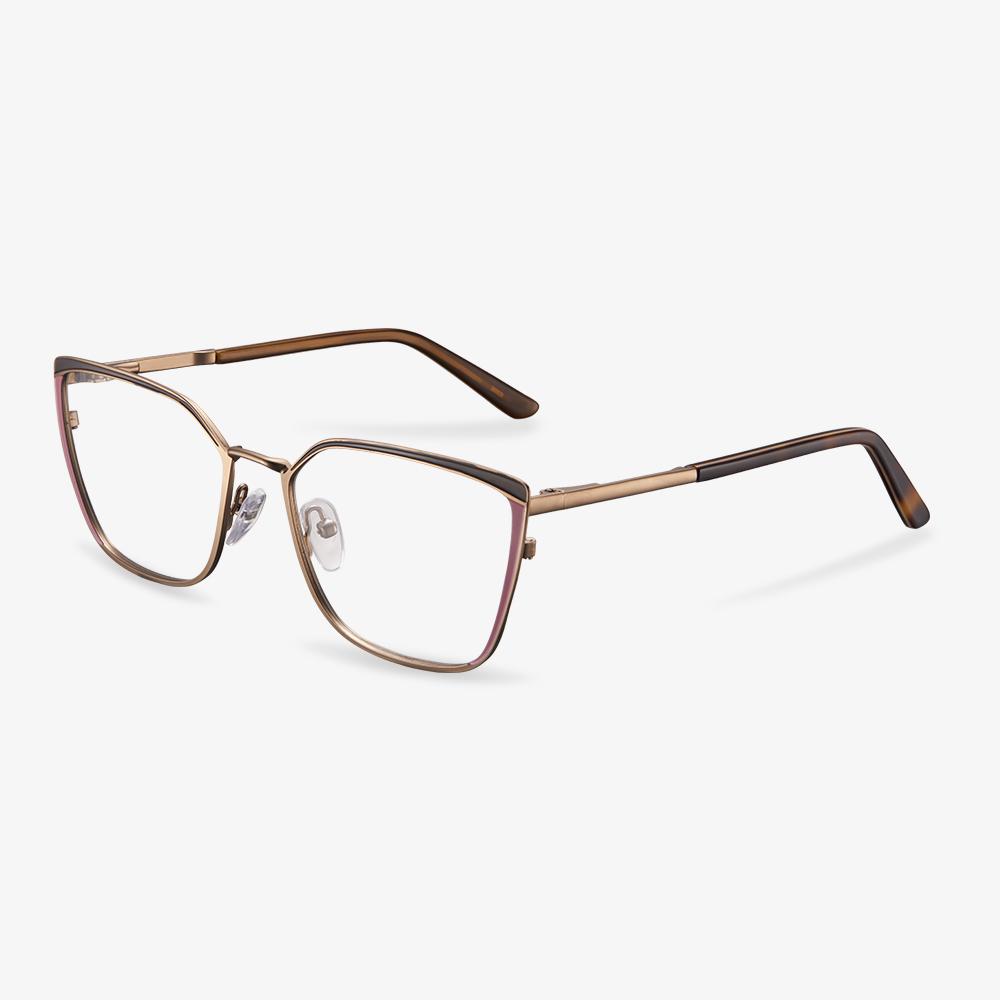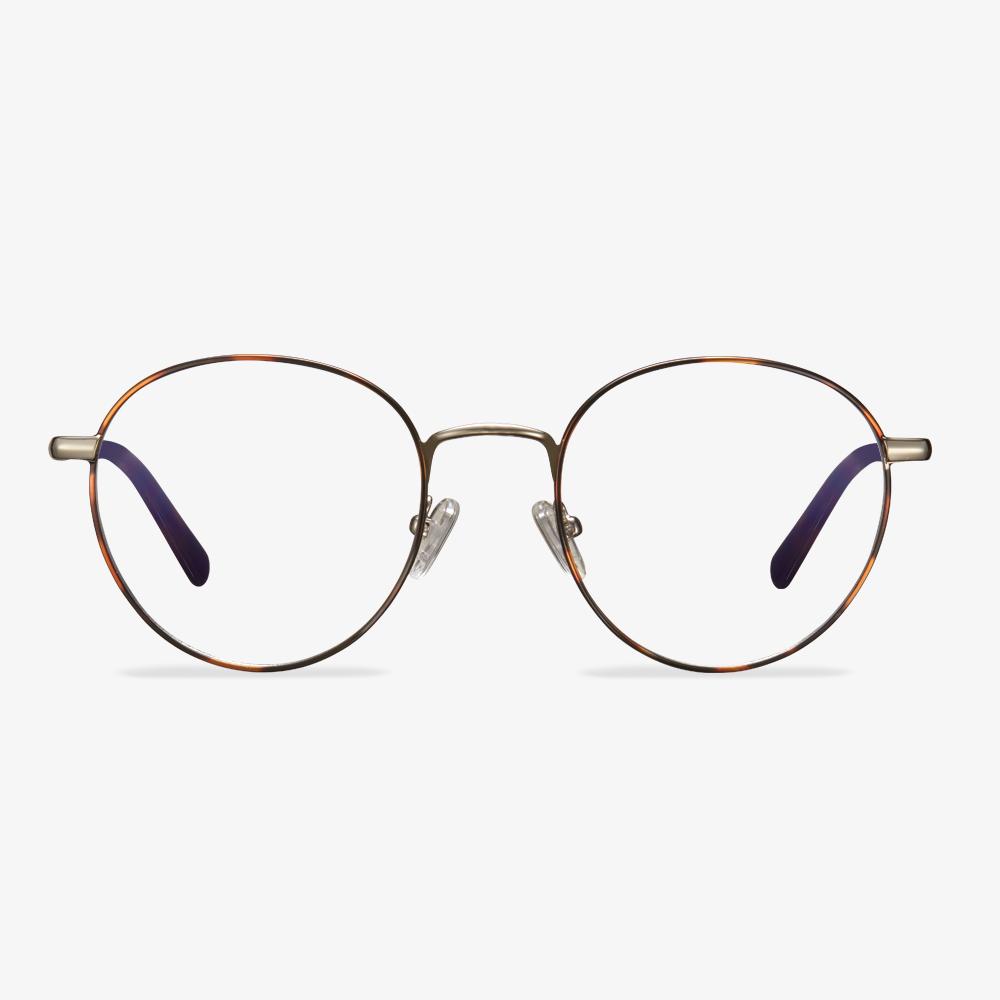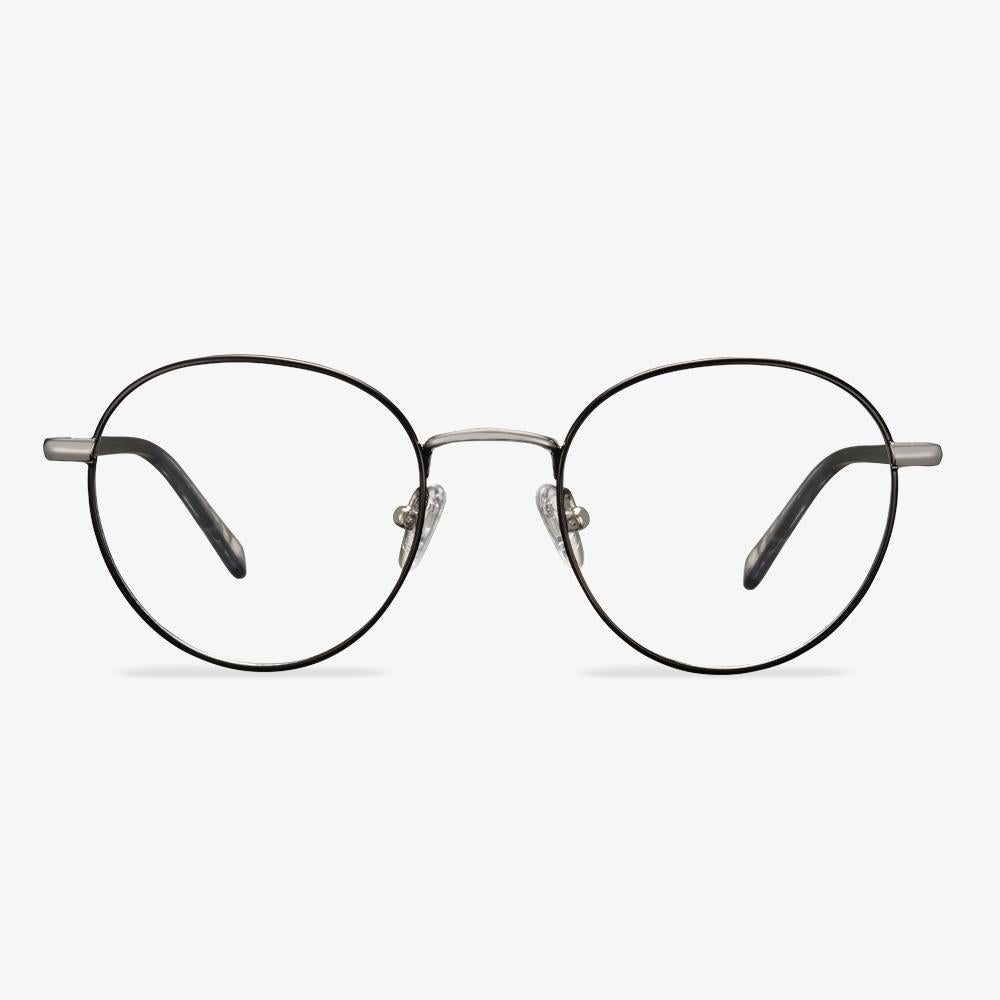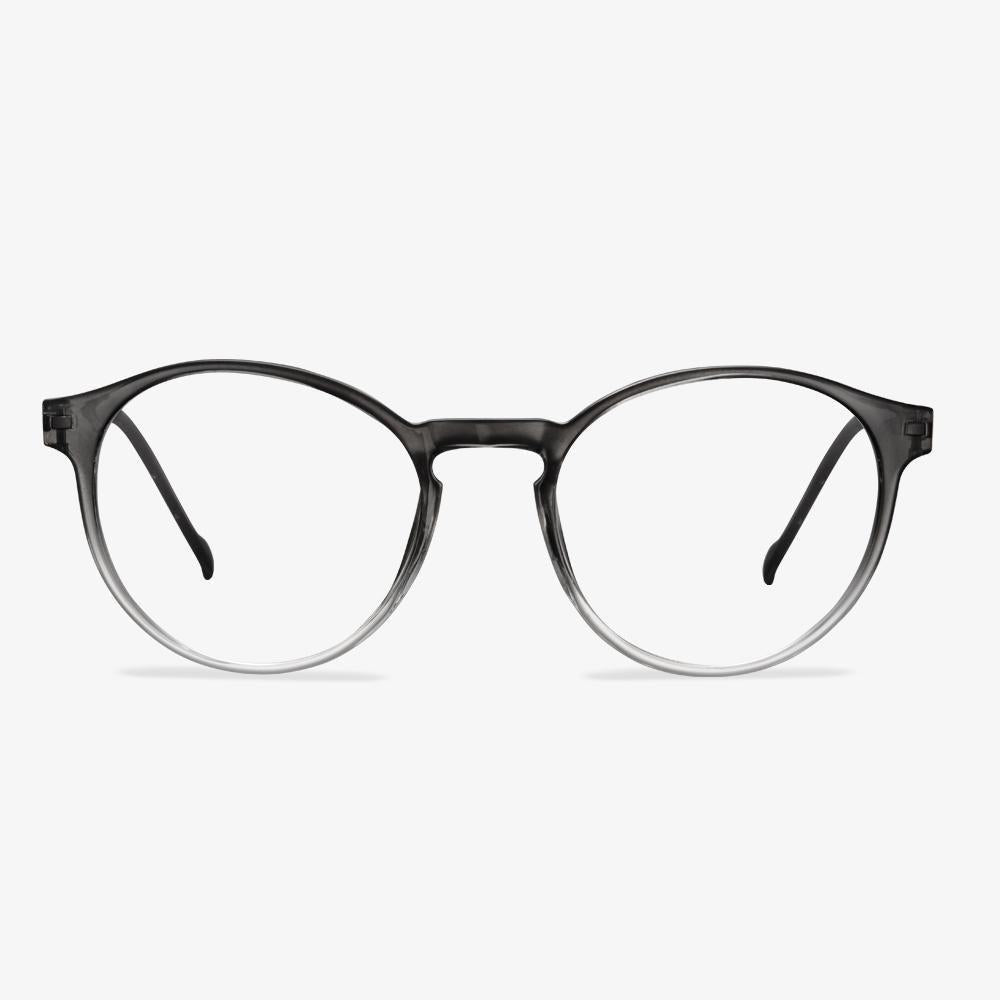When it comes to selecting the perfect eyewear, precise measurements are crucial. Two commonly used terms in the eyewear industry are Frame PD and Patient PD. Understanding the difference between these terms is essential for ensuring a comfortable and accurate fit. In this guide, we'll delve into what Frame PD and Patient PD are, how they differ, and why knowing the distinction is vital for both optometrists and customers.
What is Frame PD?
Frame PD, or Pupillary Distance as it's often referred to, is the distance between the centers of your pupils. This measurement is crucial for the proper alignment of the lenses within the frame. A precise Frame PD ensures that you're looking through the optical center of the lenses, which is essential for optimal vision correction.
Optometrists measure Frame PD to ensure that the eyeglasses are tailored to your specific visual needs. A well-fitted frame with an accurate Frame PD can help reduce eye strain, headaches, and other discomforts that may arise from improperly aligned lenses.
What is Patient PD?
On the other hand, Patient PD is the distance between the centers of the pupils when the patient is looking at a near object. This measurement is used in multifocal lenses, such as progressive or bifocal lenses, to ensure that the different segments of the lens are correctly positioned for clear vision at different distances.
While Patient PD is essential for certain types of lenses, it's not the same as Frame PD and should not be used interchangeably. Neglecting to consider both measurements can lead to discomfort and suboptimal vision correction.
Differences between Frame PD and Patient PD
The key distinction between Frame PD and Patient PD lies in the point of focus. Frame PD is measured when the patient is looking straight ahead, focusing on a distant point. This is the standard measurement used for single vision lenses.
Patient PD, on the other hand, is measured when the patient is looking at a near object, often a reading chart or a similar reference point. This measurement is crucial for multifocal lenses, as it ensures that the different areas of the lens are correctly positioned for clear vision at various distances.
Why Frame PD Matters
Understanding and using Frame PD correctly is crucial for several reasons:
-
Optimal Vision Correction: A precise Frame PD ensures that you're looking through the optical center of the lenses, which is essential for achieving the best possible vision correction.
-
Reduced Discomfort: Improperly aligned lenses can lead to eye strain, headaches, and general discomfort. A well-fitted frame with an accurate Frame PD minimizes these issues.
-
Enhanced Aesthetics: Properly aligned lenses also contribute to the overall aesthetic appeal of the eyewear. Lenses that are misaligned can be noticeable and detract from the overall look.
Frame PD vs Patient PD: Which is More Important?
Both Frame PD and Patient PD have their unique significance. The importance of each measurement depends on the type of lenses being prescribed:
-
For Single Vision Lenses: Frame PD is the primary measurement to consider. It ensures that the lenses are positioned correctly for optimal vision correction.
-
For Multifocal Lenses: Both measurements are crucial. While Frame PD is still important for overall fit, Patient PD is essential to ensure that the different segments of the lens are correctly aligned for clear vision at various distances.
The Benefits of Understanding Frame PD Over Patient PD
While Patient PD is crucial for specific types of lenses, Frame PD offers several advantages:
-
Universal Applicability: Frame PD is used for all types of lenses, including single vision, bifocals, and progressives. Understanding Frame PD is essential for all optometrists and eyewear specialists.
-
Greater Precision: Frame PD provides a more precise measurement of the pupillary distance, as it's measured when the patient is looking straight ahead. This ensures that the lenses are perfectly aligned.
-
Reduced Margin of Error: Patient PD may have a slightly higher margin of error due to the variability that can occur when the patient shifts focus from a distant point to a near object. Frame PD eliminates this potential source of error.
In conclusion, understanding the distinction between Frame PD and Patient PD is essential for both optometrists and customers seeking the perfect pair of eyewear. While Patient PD is crucial for certain types of lenses, Frame PD holds universal applicability and offers greater precision, leading to optimal vision correction and enhanced comfort.
Next time you're selecting eyewear, make sure both measurements are considered to ensure you're not only seeing clearly but also enjoying the utmost comfort and style. Your eyes will thank you for it!

























